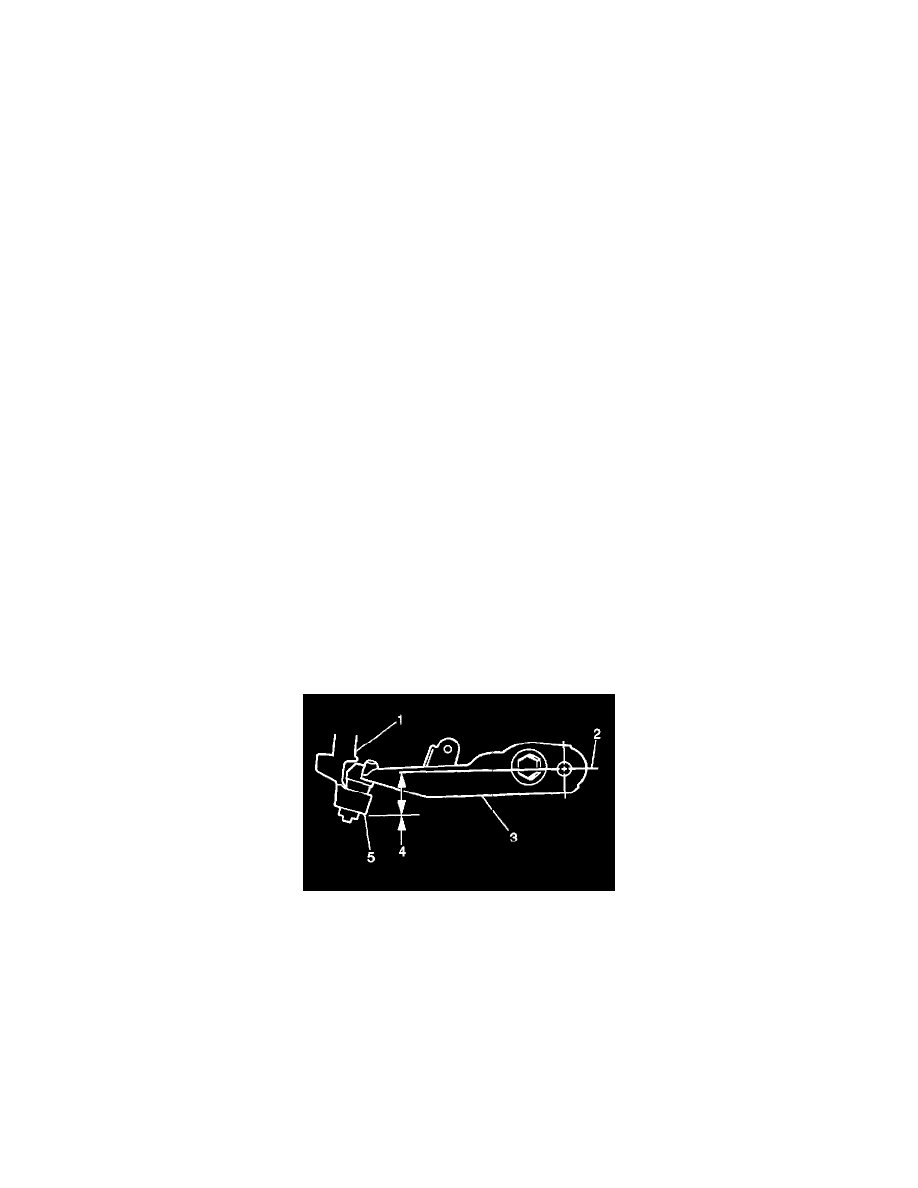C 1500 Truck 2WD V8-5.3L VIN T (1999)

Alignment: Service and Repair
Preliminary Alignment Inspection
Perform the following front end inspection before making any adjustments affecting the wheel alignment:
1. Inspect for the proper inflation pressure of the tires.
2. Inspect for excessive wear on the hub and the bearing assemblies.
3. Inspect the following components:
-
The ball joints
-
The tie rod ends
4. Inspect the tires and wheels for runout.
5. Verify the vehicle trim heights. Make any needed corrections to the trim height before you adjust the following components:
-
The caster
-
The camber
-
The toe-in
6. Inspect for looseness of the steering gear to the crossmember.
7. Inspect the shock absorbers for leaks.
8. Inspect the shock absorbers for noise.
9. Inspect for looseness of the control arms or of the stabilizer shaft attachments.
IMPORTANT: The vehicle must be on a level surface.
10. Inspect the alignment equipment. Follow the manufacturer's instructions.
Pre-Alignment Road Test With Customer
Perform a road test on the vehicle with the customer. The road test may help to identify many faulty parts such as:
-
Control arm bushings
-
Shock dampeners
-
Power steering gear mounts
-
Wheel bearings
-
Tires
Obvious conditions must be brought to the customer's attention before beginning an alignment. A waddle feeling in the back of the vehicle often
indicates the occurrence of a bent rim and/or a belt shift in 1 of the rear tires. Vibration in the steering wheel or in the floor pan is often the result of
static imbalance or radial runout of the front tires.
Trim Height Inspection
Z HEIGHT MEASUREMENT
1. Lift the front bumper of the vehicle up about 38 mm (1.5 inch).
2. Remove your hands. Let the vehicle settle.
3. Repeat this operation for a total of 3 times.
4. For all vehicles, measure from the pivot bolt center line (2) down to the lower corner (5) of the steering knuckle (1) in order to obtain the Z height
measurement (4).
5. Push the front bumper of the vehicle down about 38 mm (1.5 inch).
6. Remove your hands.
7. Allow the vehicle to rise.
8. Repeat the operation for a total of 3 times.
9. Measure the Z dimension.
10. The true Z dimension number is the average of the high and the low measurements.
-
For RWD 15 series vehicles, the Z measurement is 92 mm (3.6 inch).
-
For RWD 25 series vehicles, the Z measurement is 95 mm (3.7 inch).
